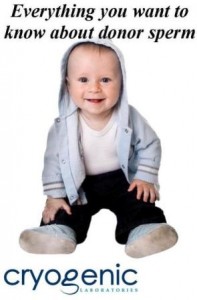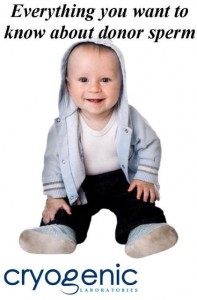Blog written by CLI Director of Operations Michelle Ottey, PhD.
Spermatogenesis is the process through which immature germinal stem cells are differentiated into mature sperm. This process is incredibly involved and takes approximately 60 days.*
Due to the complexity of each step in this process, sperm are highly susceptible to external influences, such as hormonal changes, environmental effects or toxic exposure.
Normal colds and flus can have a significant effect on the quality of a sperm sample. Sperm donors’ samples are screened at each production date to assess, at a minimum: volume, count, motility and the overall quality, which includes looking at the number of non-sperm cells present in the sample.
We see healthy men as sperm donors who have exceptionally high sperm sample quality — meeting parameters well above what the World Health Organization describes as healthy. When these sperm donors catch a bad cold or suffer from a bad flu, particularly when a fever is involved, we see an immediate and lasting effect on their sperm sample.
An immediate effect is that we will see decreased volume from the dehydration that often accompanies illness, as well as an increased number of round cells, or immune cells, in the semen sample. If the donor has a high and persistent fever, we will see sperm counts and motilities that are lower than normal for some time.
We do not allow sperm donors to donate while they are ill or taking prescription or over-the-counter cold medicines. We obviously want our sperm donors to produce the highest possible quality sperm samples for our patients. This means that, from time to time, our guys get a vacation from donating. But they are always happy to return and have us tell them that their sperm samples are in tip-top shape again.
*Handbook of Andrology April 1995, by the American Society of Andrology




